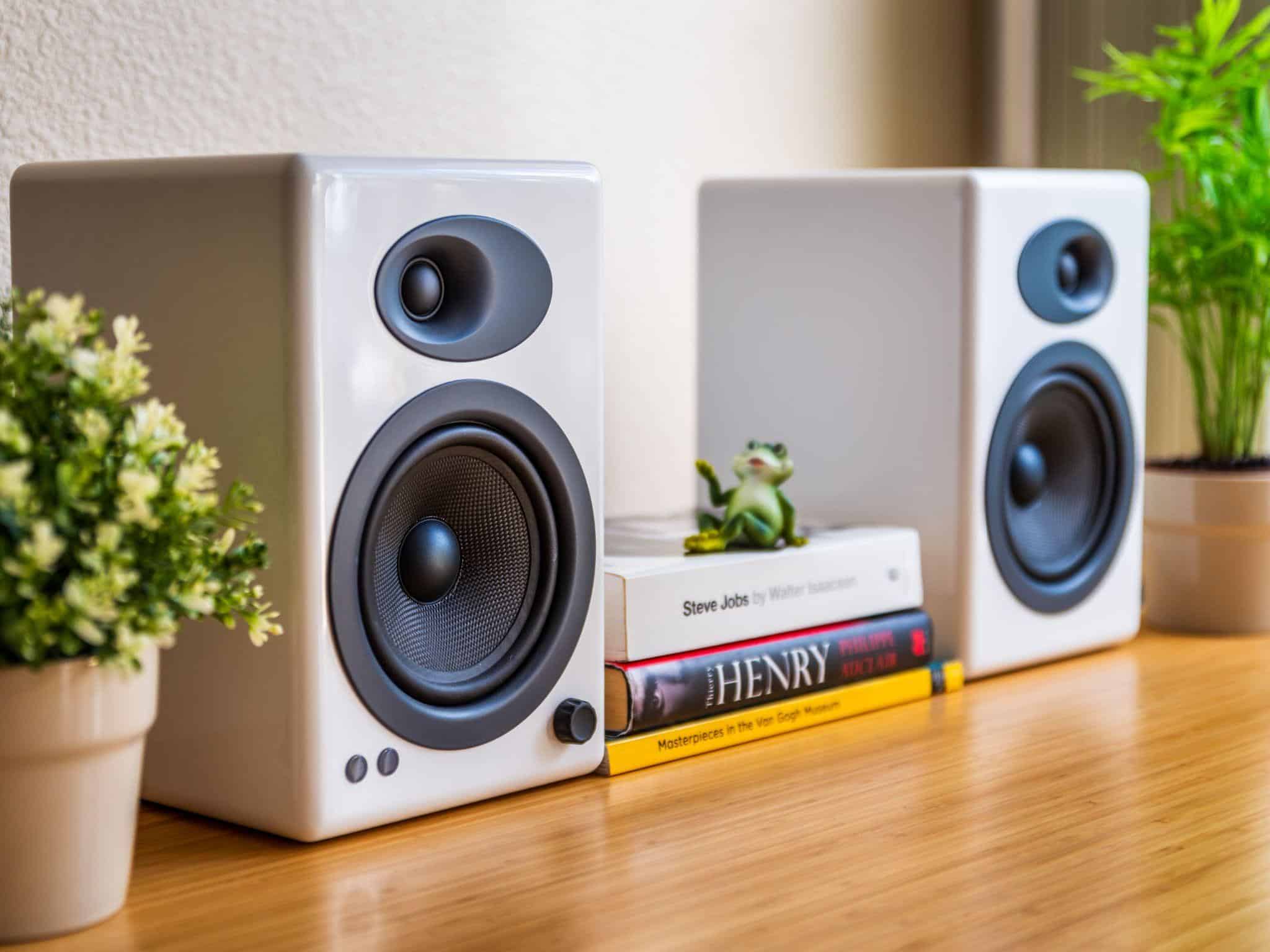Tips To Equip Your Home With The Perfect Sound System
When building the perfect sound system in the comfort of your home, taking those first few steps beyond the basic television and speaker system can be daunting and unfamiliar. It can be a costly investment, should you get it wrong, but making well-informed decisions doesn’t have to be left to the experts.
Thankfully, companies like Smiths City are perfectly equipped and more than happy to assist you when selecting your sound system, ensuring you can create the ideal at-home cinema experience any day of the week.
What Components are Needed
When purchasing a new sound system, there are two main components you need to invest in- a receiver and speakers.
Stereo Amplifier or Receiver
A receiver is more than a device that connects your system together. A good quality option can ensure you get the best possible sound from your connected speakers and allow you to optimize the rest of your set-up as much as possible.
Your choice mainly depends on how you listen. Movie lovers will revel in a modern home theater system with the capability of projecting crystal clear 4K movie soundtracks and hosting a wide range of HDMI devices. In contrast, vinyl lovers will prefer a turntable with a built-in preamp or standalone preamp.
Features like built-in Bluetooth and Wi-Fi will allow for added streaming and internet services to the receiver. However, don’t consider them to be deal-breakers in your overall decision-making process, as wireless capabilities can be added relatively inexpensively after the fact.
If you invest in a streaming-focused soundbar, you will be able to bypass a receiver completely, but pursuing this option could lead to additional issues when attempting to connect turntables or other audio devices in the future.
Speakers
Speakers are the best upgrade for any home theatre system. While audio and video standards change fairly frequently, good-quality speakers will easily last 10 or 20 years, making them a worthwhile investment.
For a simple room setup, you can manage without a separate receiver by choosing powered speakers with inputs that directly connect to a turntable or other devices. But it is common to need a receiver to power the speakers properly, so find options that pair well with each other.
While there are plenty of speakers available on the market, looking at some key elements will help you narrow down your options. One of the most important specs is the frequency response, which indicates the range of frequencies the speakers can omit, with a wide range from low to high being the desired outcome.
Another key aspect is sensitivity, which indicates how efficient the speakers are, with higher numbers being better quality. Finally, it is important not to confuse watts for loudness. It is better to get a system with higher efficiency and lower wattage than the other way around.

Stereo System vs. Surround Sound
For those serious about their sound system needs, they choose to have a stereo system for music and a separate surround system for TV and movie viewing. This is done to offer the most immersive listening experience with multiple speakers located across the room.
However, if this set-up does not fit your budget, you can adapt home theater receivers to suit both needs, as almost all have a two-channel stereo listening mode. This allows you to utilize just the front two speakers for enjoying your favorite band.
Choosing the Perfect Place
To get the absolute best sound, you will want to spend extra time deciding on the speaker placement, potentially rearranging some furniture for the best fit. Many audio experts recommended not placing speakers right against the wall, instead angling the speakers towards the main spot you will be sitting as opposed to straight forward. If possible, elevate the speakers off the ground to create a well-rounded sound with better projection.
The speaker’s location will also determine the type of speaker wire you’ll need. The rule of thumb is the further away your speakers are located, the thicker the wire needs to be to avoid breakage and fraying. Alternatively, select wireless options for a sleeker and wire-free appearance.

Extra Tips to Consider
Before making your next purchase, it is vital to consider three additional points. First, you need to decide if you are a critical or casual listener. This will establish how important a full surround system will be to your set-up and allow you to make a more economical purchase. Test out a demo version of the system or components you are looking to buy, and if it doesn’t sound good at the dealer, it is unlikely to work in your home.
Second, you need to consider the size of the room when deciding on the perfect system. A compact design might work well in a smaller space, while a larger room will require a selection that has more speakers to fill the area with a satisfying sound.
Finally, you need to decide what its primary use will be. If you want a stereo mainly for TV usage, with the ability to listen to music, consider a soundbar or home theater that allows for a subwoofer to be connected for that extra blast of sound.








One Comment